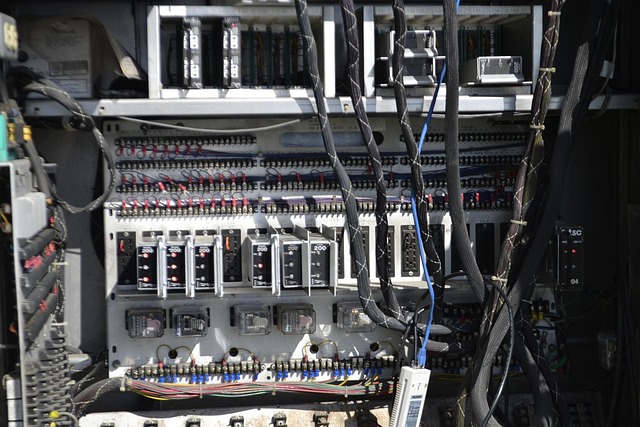As technology continues to evolve, the potential applications of room-sized tracking in hardware are becoming more apparent, especially within the realms of virtual reality (VR), augmented reality (AR), and the ever-expanding metaverse. Imagine stepping into a space where the physical and digital worlds blend seamlessly, creating immersive experiences that feel profoundly real. This is not merely a fantasy; it’s the near future we are on the brink of realizing.
Room-sized tracking systems allow users to move freely within a defined physical space, capturing their movements with impressive accuracy. This technology is revolutionizing how we interact with VR and AR environments. Previously, the experience of virtual worlds was confined to restricted areas, often leading to feelings of disconnection. However, with the advent of room-sized tracking, users can traverse expansive virtual landscapes, interact with objects, and engage with others in a manner that feels instinctive and organic.
In the world of virtual reality, the implications are staggering. Gamers will no longer feel tethered to a stationary position, but can run, jump, and explore immersive environments that reflect their physical movements. VR sports simulations can engage users in ways that traditional setups cannot, providing a workout while tackling exciting challenges. As we embrace this newfound freedom, room-sized tracking ensures that the boundaries of gaming dissolve, allowing for authentic interactivity that brings users closer to the virtual experiences they crave.
Similarly, augmented reality has the potential to transform everyday environments into interactive experiences. With room-sized tracking, AR applications can overlay digital content seamlessly across physical space, making it possible for a user to blend their real-world surroundings with digital enhancements. Picture walking through your living room, where virtual furniture can be arranged, or sports data is illustrated live as you watch your favorite game. These advancements not only augment entertainment but also play significant roles in education and training, enhancing learning experiences with immersive simulations that engage users like never before.
As we look towards the metaverse, room-sized tracking represents a pivotal component in shaping this interconnected digital universe. Within the metaverse, users will not only inhabit virtual spaces but will also move through them with the fluidity they experience in real life. Virtual social interactions can occur in shared environments, transforming how we communicate and collaborate. Digital avatars will reflect users’ real-time movements, expressions, and gestures, establishing deeper connections between individuals in a virtual setting.
Moreover, the progression of hardware to support room-sized tracking is also a testament to the industry’s dedication to improving user experience. Companies are innovating in areas such as sensor technology, computational power, and user interface design to ensure the implementation of this technology is smooth and accessible. The design of VR headsets and AR glasses is evolving, incorporating lighter materials and more intuitive controls that allow users to engage comfortably in these enriched environments.
The future of room-sized tracking is not just about enhancing entertainment; it brings about practical applications across various fields. From sophisticated architectural designs visualized within existing spaces to advances in physical therapy where patients simulate real-world conditions, room-sized tracking is a key enabler of innovative solutions. It broadens the horizons of what VR, AR, and the metaverse can deliver to both users and industries alike.
With the trajectory of room-sized tracking technology continuously improving, we are poised to witness a paradigm shift in how we experience digital content. The fusion of physical movement and virtual interactions will redefine our understanding of reality and presence. This revolutionary approach heralds a new era where the boundaries between our physical and virtual lives blur, allowing us to fully embrace the potentials of immersive technologies. As we stand on the cusp of this evolution, the excitement for what’s to come grows exponentially.




